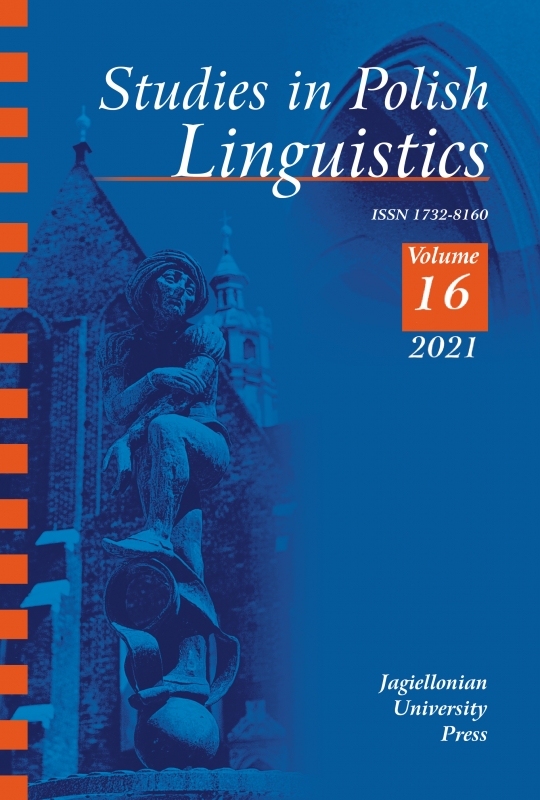Interdiscursive Revitalization of the Red Plague Metaphor in Archbishop Jędraszewski’s 2019 Sermon: A Critical Analysis
Interdiscursive Revitalization of the Red Plague Metaphor in Archbishop Jędraszewski’s 2019 Sermon: A Critical Analysis
Author(s): Katarzyna PawłowskaSubject(s): Language studies, Language and Literature Studies, Eastern Slavic Languages
Published by: Wydawnictwo Uniwersytetu Jagiellońskiego
Keywords: Critical Discourse Analysis; intertextuality; interdiscursivity; discourse metaphor; Critical Metaphor Analysis ; Krytyczna Analiza Dyskursu; intertekstualność; interdyskursywność; metafora dyskursywn
Summary/Abstract: The paper aims at demonstrating the creative perlocutionary potential of interdiscursive production and interpretation of conceptual metaphor used in socio-political persuasion, simultaneously interpreted as mental phenomenon and discursive practice that is historically entrenched and highly ideological. The Critical Metaphor Analysis model is used to investigate the interdiscursive application of two PLAGUE metaphors (COMMUNISM IS A PLAGUE and LGBT IS A PLAGUE) as an example of deliberate transcending of genre boundaries in the increasingly intertextual and interdiscursive world of both socio-political and religious discourses. The empirical part provides a qualitative study of the historical background, structure and persuasive effects of the rainbow plague metaphor (Pol. tęczowa zaraza), publicly used by the Archbishop of Cracow, Marek Jędraszewski, in reference to the LGBT community in Poland, conducted in relation to the original text on which it draws, namely the more historically entrenched red plague (Pol. czerwona zaraza) metaphor made popular by the Polish poet Józef Szczepański in his poem composed during the Warsaw Uprising 1944. [Celem artykułu jest ukazanie opiniotwórczego potencjału metafory konceptualnej stosowanej w perswazji społeczno-politycznej, interpretowanej zarówno jako mechanizm poznawczy, jak i wysoce zideologizowane narzędzie dyskursywne. W części teoretycznej analizowane są zagadnienia interdyskursywności i intertekstualności w Krytycznej Analizie Dyskursu. Część empiryczna zawiera przeprowadzone na podstawie modelu Krytycznej Analizy Metafory jakościowe studium struktury i efektów perswazyjnych metafory tęczowej zarazy, publicznie użytej przez arcybiskupa Marka Jędraszewskiego w odniesieniu do środowiska LGBT w Polsce, będącej przykładem świadomego przekraczania granic gatunkowych w komunikacji społeczno-politycznej i religijnej. W odniesieniu do oryginalnego tekstu, z którego czerpie określenie wykorzystane przez arcybiskupa krakowskiego w jego kontrowersyjnym kazaniu, a mianowicie bardziej zakorzenionej historycznie metafory czerwonej zarazy, spopularyzowanej przez polskiego poetę Józefa Szczepańskiego w wierszu skomponowanym w czasie powstania warszawskiego w 1944 roku, analizowane są interdyskursywne i intertekstowe korelacje między dwiema metaforami ZARAZY (KOMUNIZM TO ZARAZA i LGBT TO ZARAZA).]
Journal: Studies in Polish Linguistics
- Issue Year: 16/2021
- Issue No: 2
- Page Range: 99-119
- Page Count: 22
- Language: English

